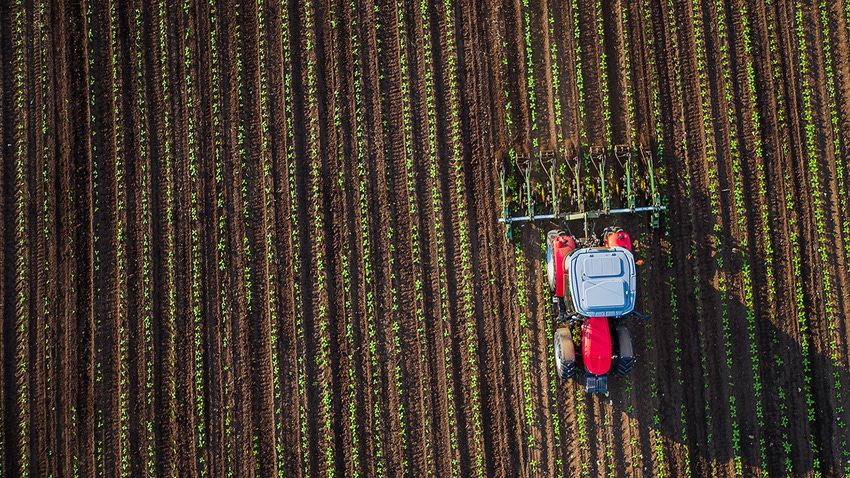USDA projects northern Plains and Upper Midwest will experience widespread flooding.

As many parts of the Midwest remain saturated, a storm system will likely hold off any thoughts of early field work, according to U.S. Department of Agriculture meteorologist Brady Rippey.
A fast-moving storm system this weekend is expected to move a little farther north than previous systems, bringing rain and snow. One thing to watch with this system, Rippey said, is that it could be a wet snow event across the Upper Midwest as well as a heavy rain in parts of the southern and eastern Corn Belt.
“I think we’ll be into April before there’s any serious consideration to getting any Midwestern field work done,” he said.
USDA has also projected that the northern Plains and the Upper Midwest will experience widespread to moderate/major flooding this spring due to forecasted widespread precipitation.
Meanwhile, all of the recent storms have been missing the deep South, from the central Gulf Coast to Florida. Rippey said that region has done extensive planting, “but we actually need moisture to promote germination and development of those recently planted crops.”
South Texas has been very dry for much of the winter and early spring until last week, when the region picked up a much-needed shot of moisture that delayed planting progress, Rippey reported.
“We’ve got quite a contrast -- from the dry weather in the deep South to excessively wet conditions across the interior Southeast,” he added.
Recent storms in California have not quite wiped out the prospect of drought but have helped add to the snowpack, USDA reported.
“For the time being, we’ve improved topsoil moisture and reduced early irrigation demands in the valley locations. So, that’s a little bit of a boon for producers,” Rippey said. “They were concerned because some of the fruit and nut trees were blooming and starting to produce fruit, and at the same time, [there was] very little moisture, so irrigation was required very early this year.”
In the mountains, the latest precipitation won’t completely take care of the problem, but it will boost runoff, he said.
California is still not out of drought, but conditions are “better than just two weeks ago,” Rippey noted.
The good news is that western reservoirs are in decent shape. “We had a tremendous year in 2018-19,” Rippey said, adding that, for the most part, reservoirs are mostly brimming.
About the Author(s)
You May Also Like





